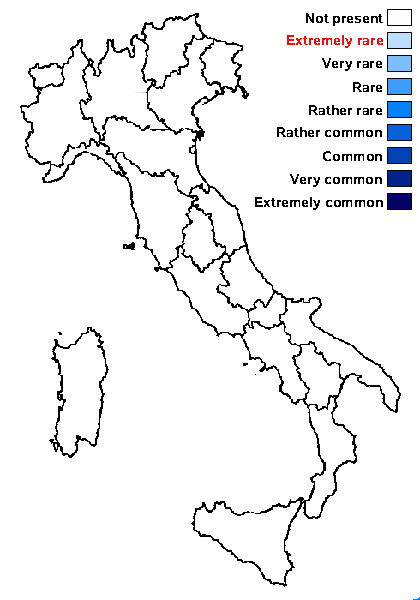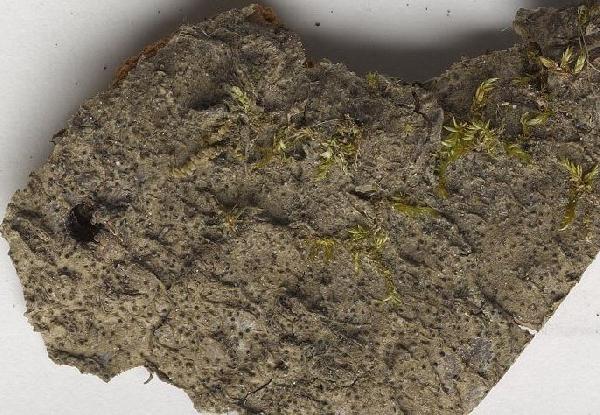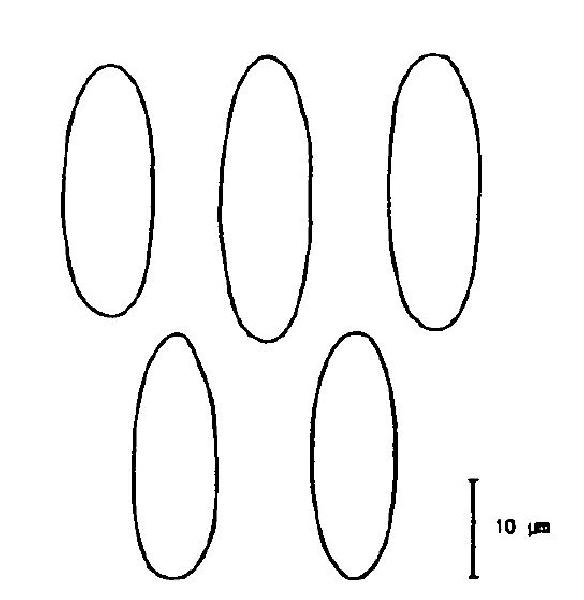Verrucaria tuerkii Breuss
Linzer biol. Beitr., 25, 2: 657, 1993
Synonyms:
Distribution:
Description: Thallus crustose, very thinly episubstratic, pale grey-green, without a prothallus. Perithecia black, c. 0.2 mm wide, at first covered by a thalline layer, then with a naked apical part. Involucrellum hemispherical, closely adhering to exciple, extending down to exciple-base level and there slightly diverging; exciple globose, thin, black throughout (but paler below in young perithecia); hamathecium of 20-25 µm long and up to 3 µm thick periphyses and periphysoids, interascal filaments absent; hymenial gel hemiamyloid. Asci 8-spored, clavate, I-, fissitunicate, the wall thickened above, with an ocular chamber, dehiscent by extrusion of an endotunica to form a delicate rostrum, Verrucaria-type. Ascospores 1-celled, hyaline, narrowly ellipsoid, 24-29 x 8-10 µm, biseriately arranged in the asci. Photobiont chlorococcoid. Spot tests: K-, C-, KC-, P-, UV-. Chemistry: without lichen substances.Note: on bark Fagus in a humid mixed forest, so far only known from type locality in the Eastern Alps (Austria). To be looked for in the Italian Alps.
Growth form: Crustose
Substrata: bark
Photobiont: green algae other than Trentepohlia
Reproductive strategy: mainly sexual

Predictive model
Growth form: Crustose
Substrata: bark
Photobiont: green algae other than Trentepohlia
Reproductive strategy: mainly sexual

Predictive model




